
Technology
14:27, 17-Feb-2019
Meet the creator of China's 16-carriage Fuxing bullet train
CGTN
03:51
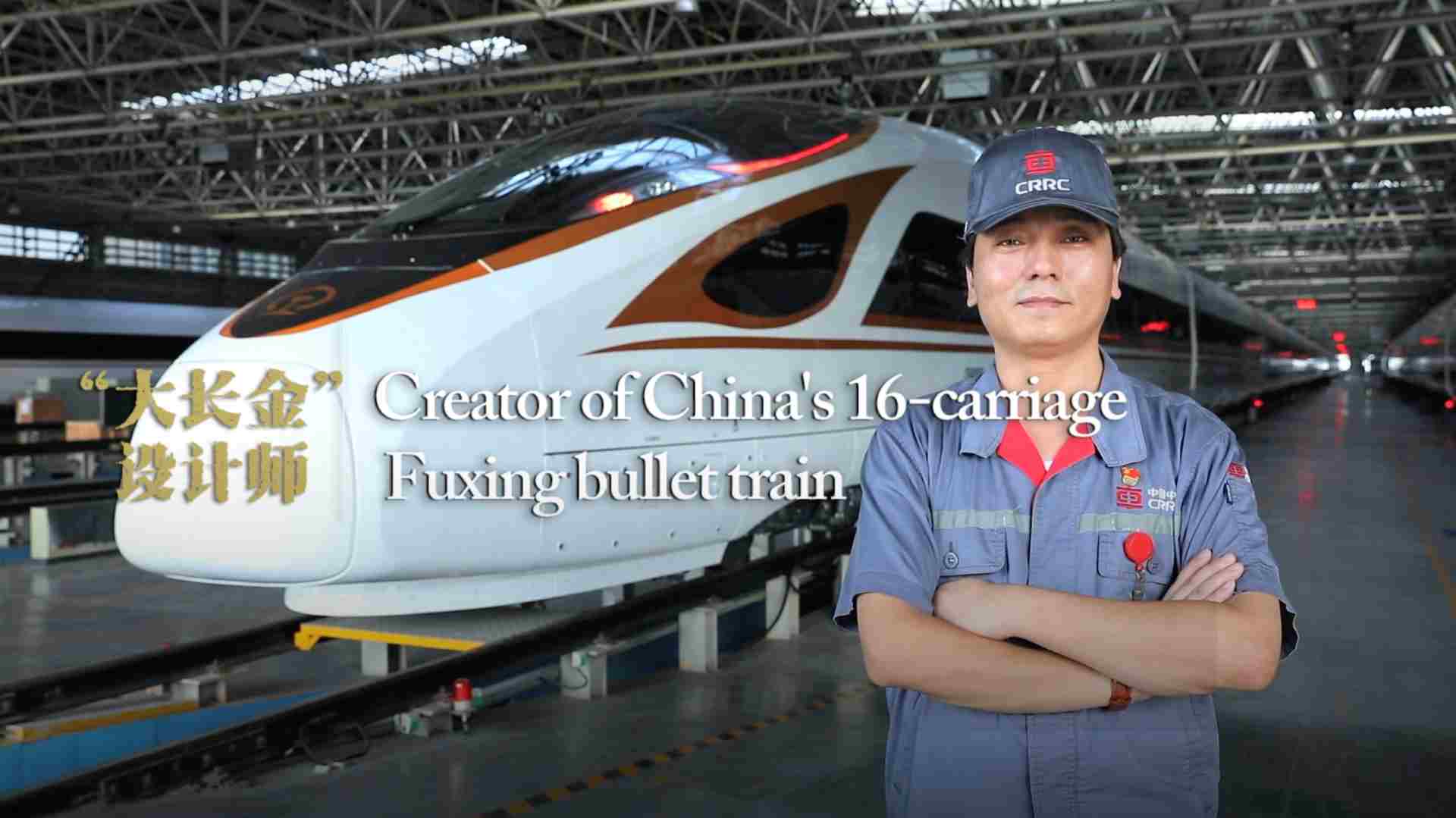

CGTN
CGTN
Guo Yao, 41, was born in Xi'an City, the capital of China's northwestern Shaanxi Province. Having been the supervisor and technical manager of many important railway projects, he is now the chief designer of Fuxing bullet trains.
This leading figure actually used to be a total outsider in the industry eight years ago.
"One day, my father was doing farm work, when he saw a hawk hovering above in the sky. So he named my elder sister Ying (hawk in Chinese), and me Yao (harrier)," Guo said. "We were named after the birds of prey. My father didn't go to college during the Cultural Revolution. He hoped we could fulfill his dream."
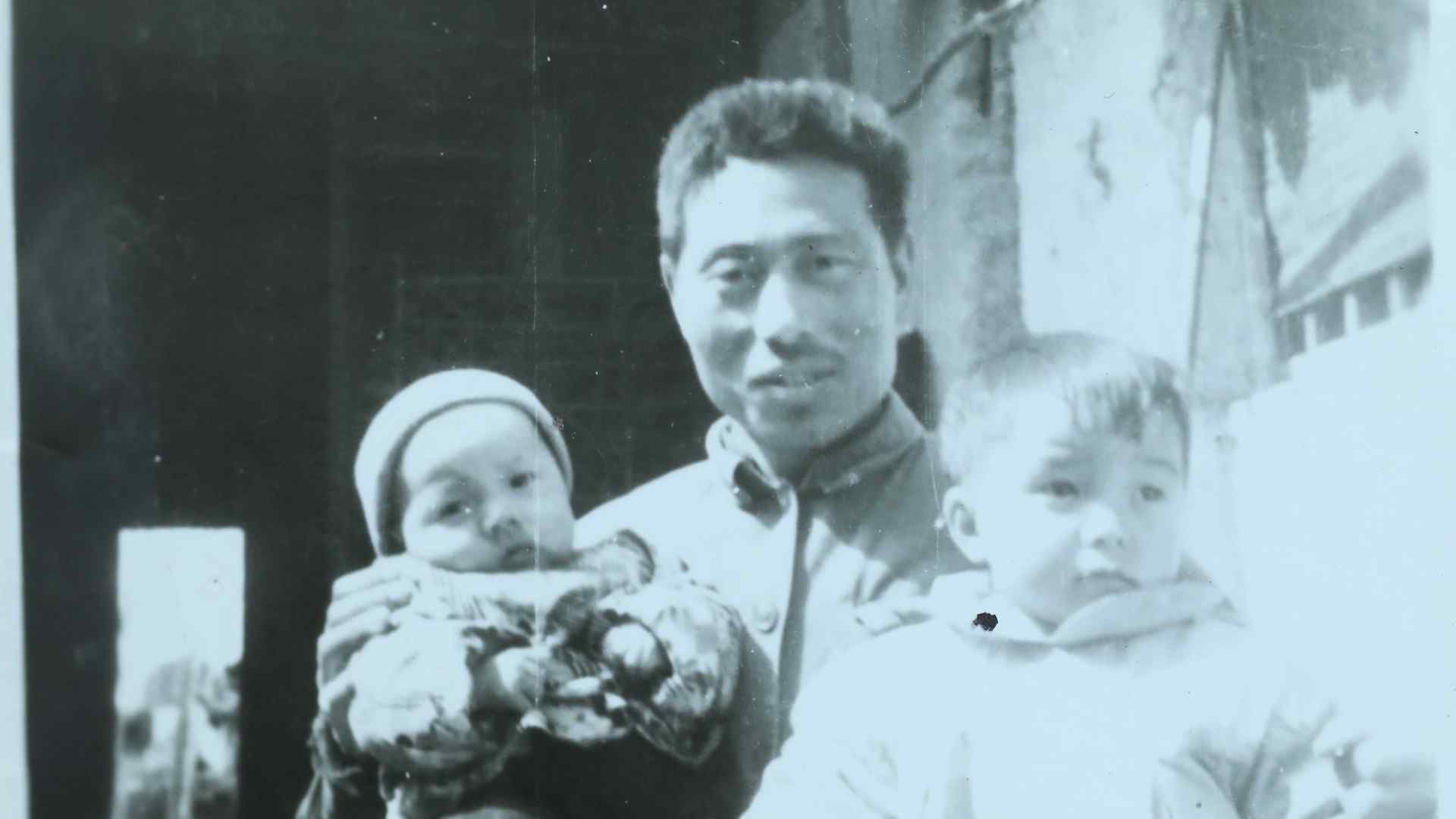
Guo Yao (left), his father and his sister Guo Ying (right) /Photo courtesy of Guo Yao.
Guo Yao (left), his father and his sister Guo Ying (right) /Photo courtesy of Guo Yao.
Guo was admitted to the PLA Xi'an Communication College in 1998. After graduating, he worked as a teacher and a computer salesman but felt that he had another calling. Therefore in 2002, he went to study aeronautical radio technology at the National Aviation University in Ukraine.
"I saw the news about the opening of Beijing-Tianjin intercity railway in 2008, the first high-speed railway in China," Guo said. "I felt overwhelmingly excited and proud. Although I didn't think about working in the railway field at the time and preferred jobs related to aviation."
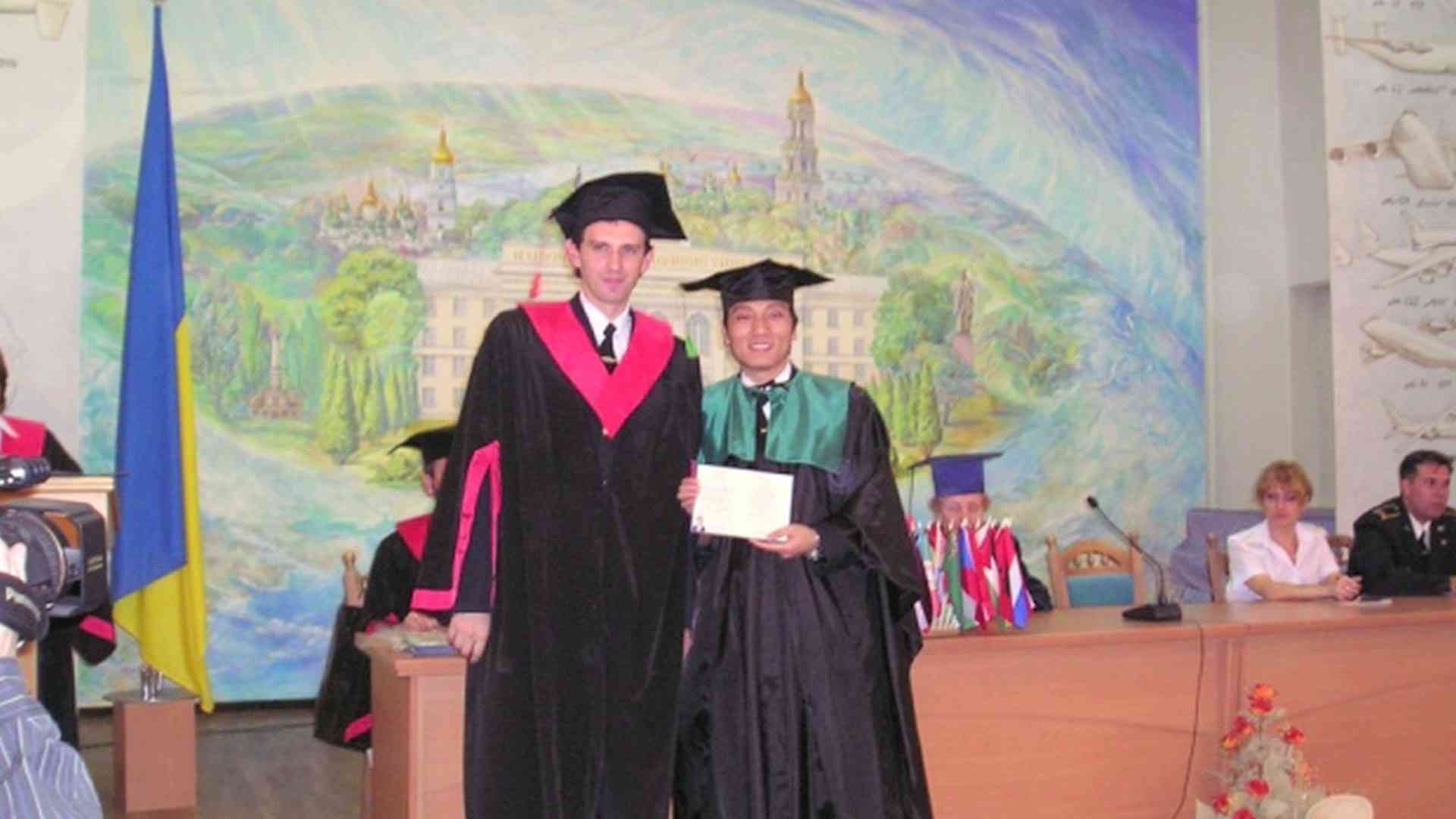
Guo Yao at his graduation ceremony at the National Aviation University in Ukraine, 2002 /Photo courtesy of Guo Yao.
Guo Yao at his graduation ceremony at the National Aviation University in Ukraine, 2002 /Photo courtesy of Guo Yao.
After returning to China, Guo got married and looked for jobs near his wife's home. He found that CRRC (China's state-owned train manufacturer) Tangshan was hiring.
"The offer was great, so I took it. By the time I joined the company, it had been producing the bullet trains already."
A career change is never easy. Only six months into his stint at the company, Guo was ordered to draw the electric plan for the design of the high-speed comprehensive inspection trains.
"I wasn't familiar with the software in the first place, not to mention the design specifications or requirements for the new type of train. So it was quite an arduous and stressful task to me."
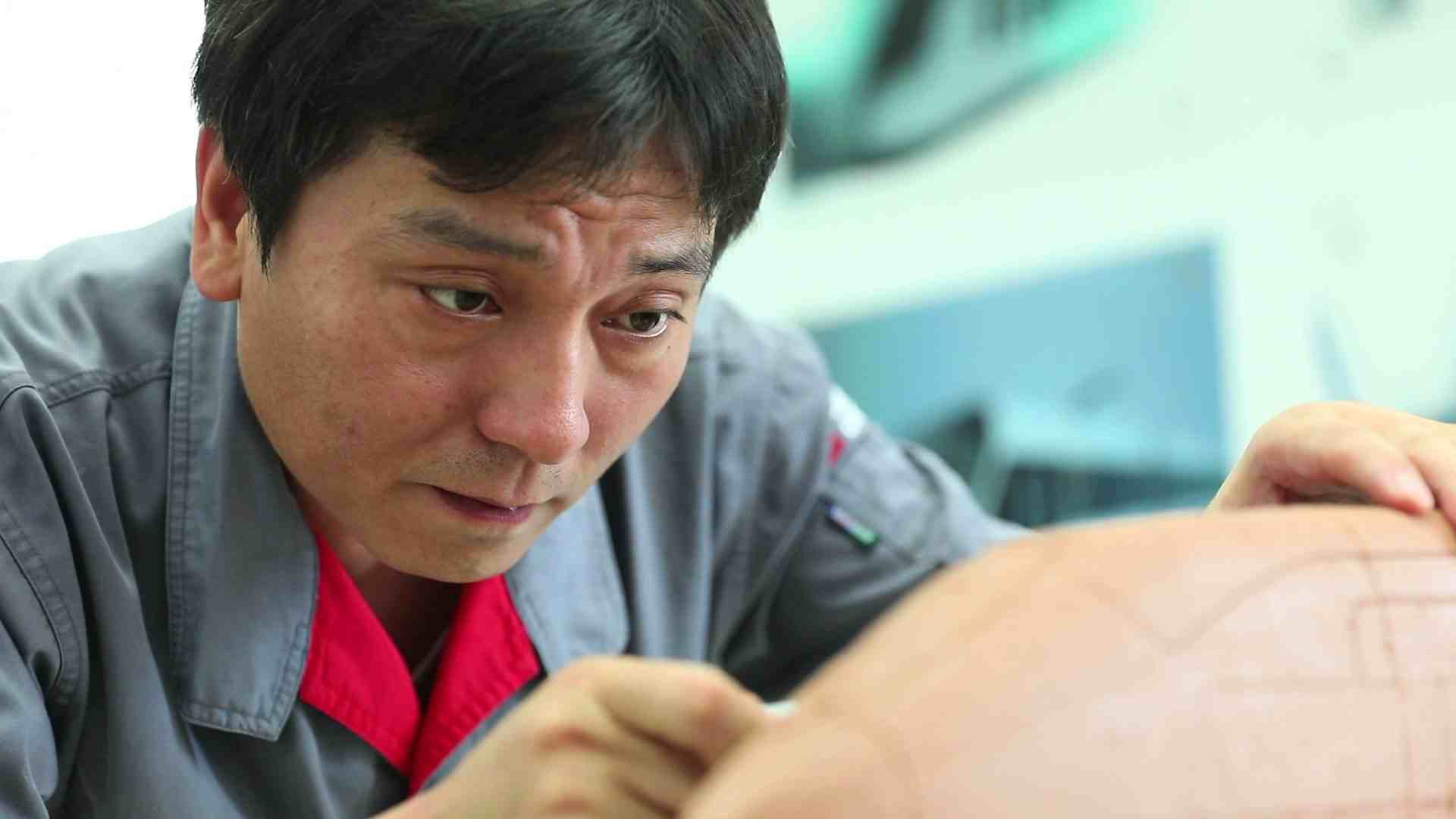
Guo Yao at work /by CGTN
Guo Yao at work /by CGTN
Guo had to consult with experienced colleagues frequently and study the specifications from the archives, while he learned to use the mapping software. The final plan was finished in a month.
"The plan was the basis for the whole design. Had there been any errors, it would be problematic for other designers," said Guo. "I became more confident because of the plan. It was a good start."
From then on, Guo was assigned all kinds of design jobs for the Hexie bullet trains, including the design and testing of the electrical system, plus solving problems on site. Through the processes of design, production, testing and product delivery, he's always there on the train.
"Later I took part in other Hexie train designs such as the models 4S380B and 4S380BL. I gradually got hold of my skills and was capable of taking over the design of Fuxing bullet trains."
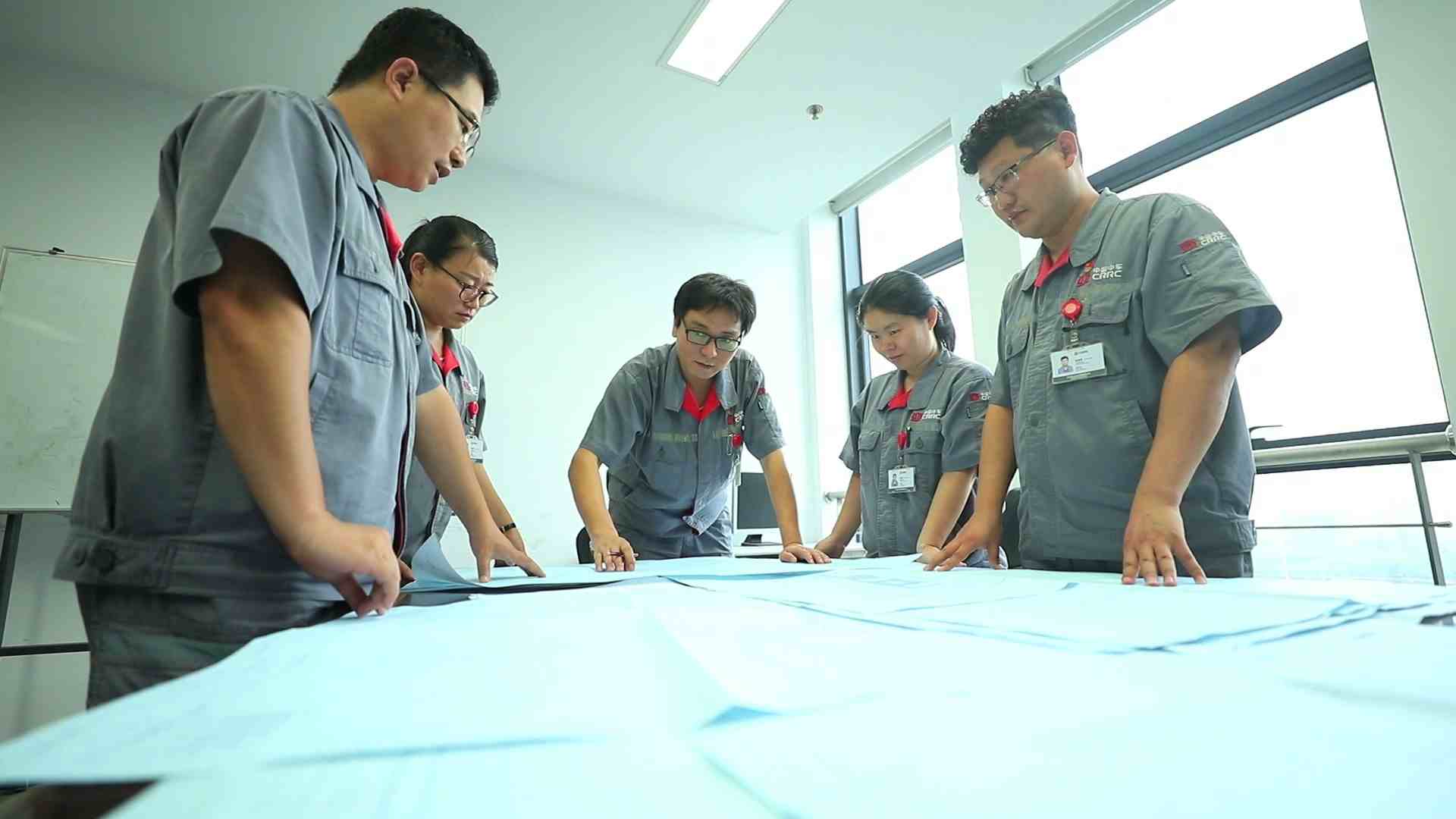
CGTN Photo
CGTN Photo
Problems could emerge in the testing of the trains, no matter how skilled Guo has become or how accurate his design is.
"The designers always stay focused, because the trains are for people to take. Safety must come first. Ignoring it, we could lose everything that everyone has been fighting for. It's our reverence for life."
Before any alteration that might affect the safety of the train, Guo and his team have to conduct thousands of tests. Until the final solution is proved safe and reliable through the repetitive testing and adjusting processes, no change is made to the trains in service.
"We've installed industrial ethernet devices on Fuxing trains in order to meet the higher demand for data transmission, such as voice, video and CCTV camera. It's a first-time on bullet trains. However, the communication quality was quite poor in the test."
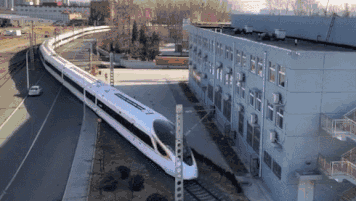
CGTN Photo
CGTN Photo
To tackle this problem, the mechanics had to climb into the narrow space behind the wind deflectors, cutting off and reconnecting wires for multiple tests among the trains. Finally, they found the cause and rearranged the connector's pins. Problem solved.
Such a trivial defect took them more than half a month to correct. While there are tens of thousands of components in a Fuxing train, not a single malfunction can be tolerated. As the train's chief designer Guo knows better than anyone that "haste makes waste."
"A missing bolt could cause the device to fall off when the train is moving at high speed. One damaged cable could lead to ground fault or short circuit of the entire train. With so many details to pay attention to, I must slow down."
That kind of "slowness" is exactly what people would like to refer to as the spirit of craftsmanship. Behind this grand railway project of China, are the nation's role models pondering and working on their jobs amid countless operation tests on the tracks.
"My dream is to achieve with more advanced and innovative technologies what we didn't even dare to think about or take action upon, and what has been deemed as impossible all the time."
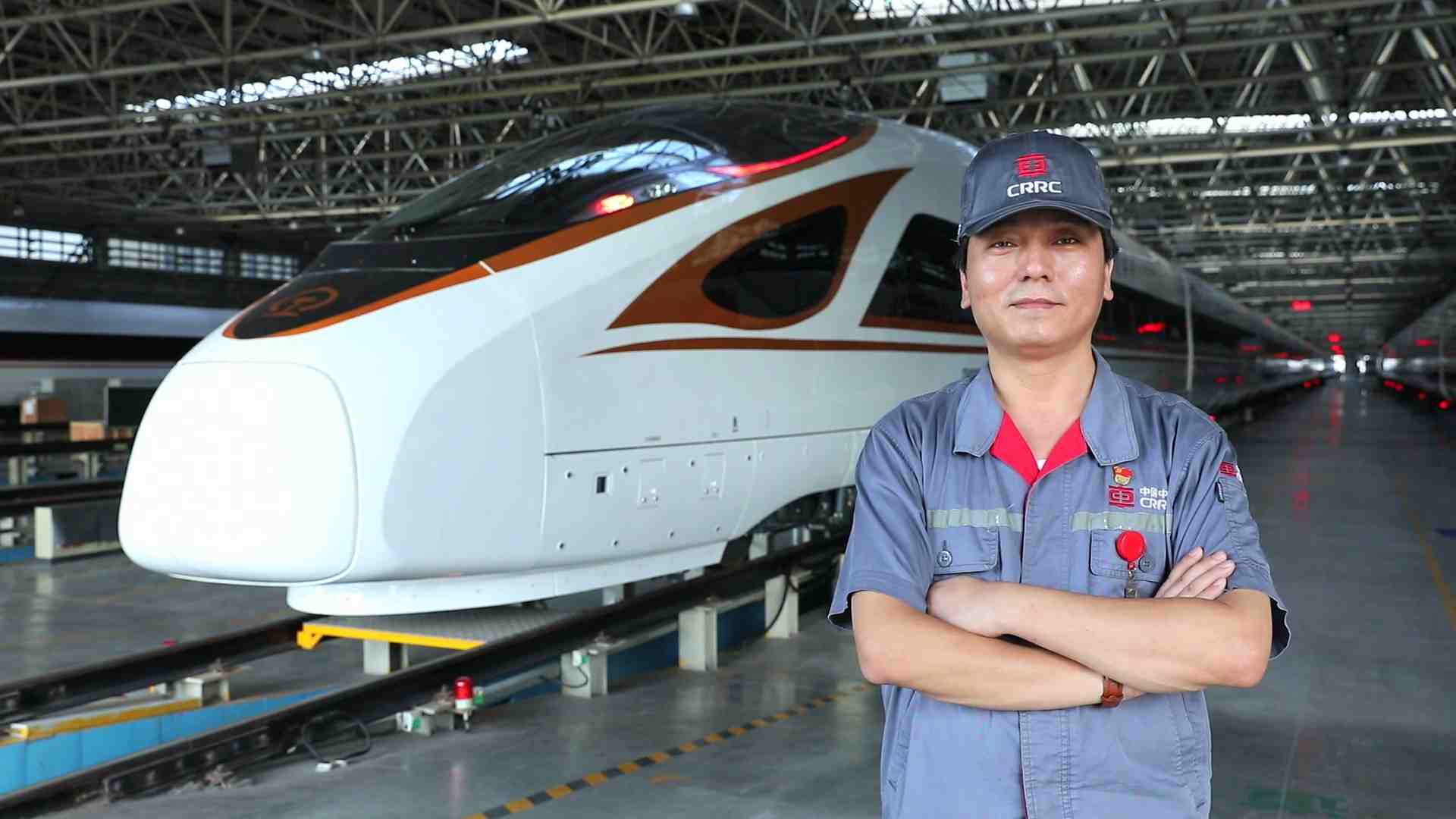
CGTN Photo
CGTN Photo

The story is one in The 1.3 Billion series exploring the diverse lives that make up China.
The story is one in The 1.3 Billion series exploring the diverse lives that make up China.

SITEMAP
Copyright © 2018 CGTN. Beijing ICP prepared NO.16065310-3
Copyright © 2018 CGTN. Beijing ICP prepared NO.16065310-3